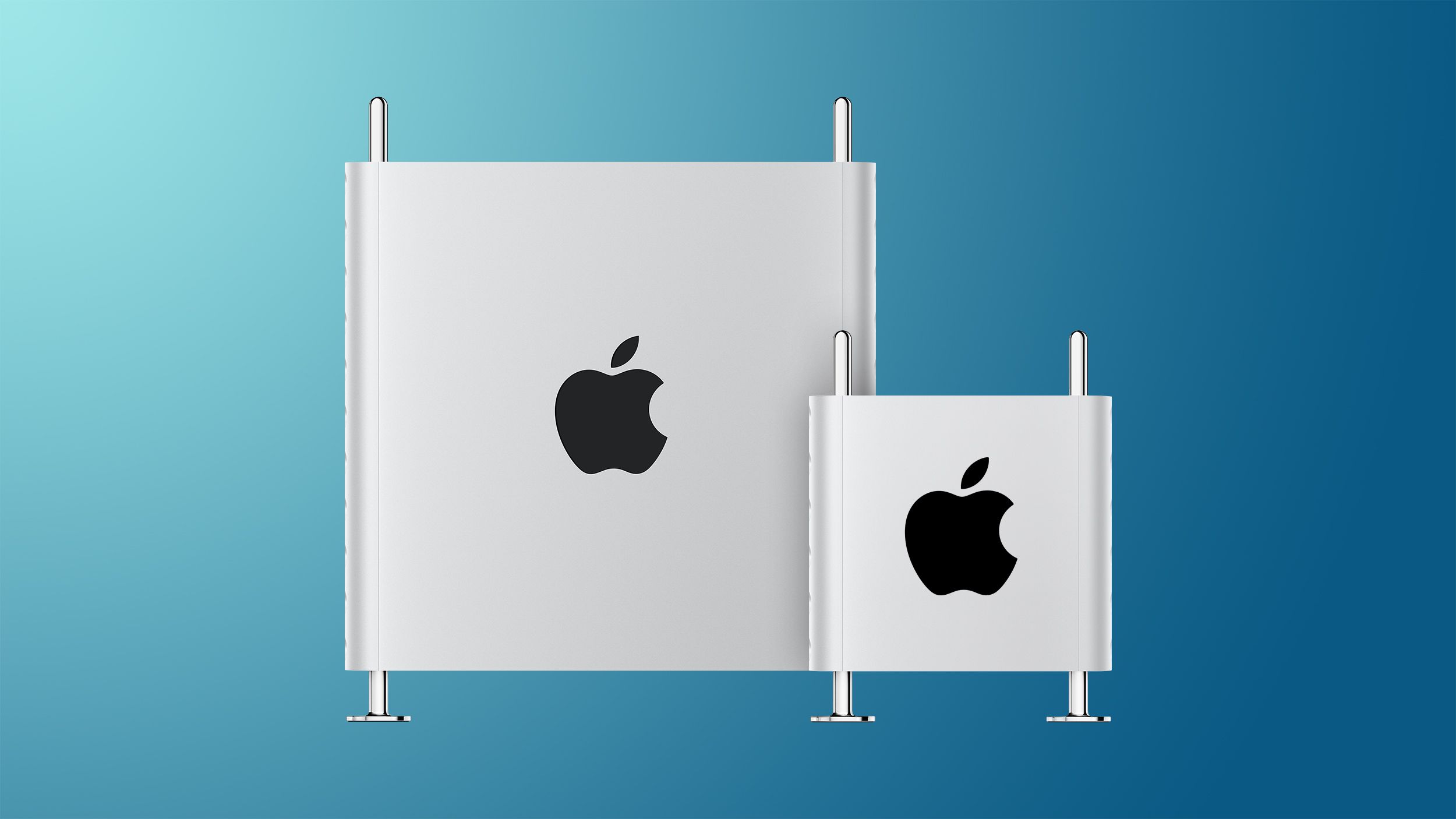Platform Cube Mac OS
GpuTest new tests: Piano and Volplosion
1 – GpuTest 0.3.0 Overview
A new version of GpuTest, Geeks3D’s cross platform OpenGL benchmarking utility for Windows, Mac OS X and Linux, is available. GpuTest 0.3.0 adds two new 3D demos: PixMark Piano and PixMark Volplosion. Both demos are heavy pixel shader tests:
- PixMark Piano: this test is based on ShaderToy Piano pixel shader by iq. This is a fully procedural raymarched scene. You can find the complete source code and WebGL demo here: shadertoy.com/view/ldl3zN.
- PixMark Volplosion: this test is based on a GLSL Sandbox shader by Simon Green (NVIDIA).
This is a VOLumic exPLOSION shader so you can now understand the name of this test. You can find the source code here: glsl.heroku.com/e#2945.1.
From Phelios: Cube is an open source multiplayer and singleplayer first person shooter game built on an entirely new and very unconventional engine.

- Mac OS X is the current incarnation of Mac OS. The first version released was Mac OS X Server in 1999. Unlike the classic Mac OS, Mac OS X is based on NeXTSTEP (OPENSTEP) and uses its frameworks and architectures. In 2016, Apple began to use the macOS moniker to brand Mac OS X alongside their other operating systems (watchOS, tvOS, iOS).
- By the time the mini arrived on the scene, OS X was a robust and popular OS drawing new users to the Mac platform, and Apple positioned the mini in a perfect sweet-spot to receive them.
- We consider the Cube a Limited Mac. You should have the most recent firmware installed in your Power Mac G4. The newest version for the Power Mac G4 Cube is Power Mac G4 Cube Firmware Update 4.1.9, which is only for the Cube. To install this firmware update, you must boot into Mac OS 9.1-9.2.2 from a writable partition.
GpuTest 0.3.0 includes five 3D tests:
- FurMark: OpenGL 3.2 GPU burn-in test, works on Windows, OSX and Linux.
- TessMark: OpenGL 4.0 tessellation test, works on Windows, and Linux. OSX does not support OpenGL 4.
- GiMark: OpenGL 3.3 geometry instancing test, works on Windows, OSX and Linux.
- PixMark Piano: OpenGL 3.2 pixel shader test, works on Windows, OSX and Linux.
- PixMark Volplosion: OpenGL 3.2 pixel shader test, works on Windows, OSX and Linux.
GpuTest has an user interface for Windows and OSX:
You can also launch GpuTest from the command line (this is the method for Linux). A batch file
is provided that shows the various command line options.
2 – GpuTest 0.3.0 Downloads
The latest version of GpuTest can be downloaded from this page: GpuTest Downloads
|
3 – GpuTest 0.3.0 Scores
Here is an overview of the scores you can get with Piano and Volplosion benchmarks. Other scores (FurMark, TessMark and GiMark) can be found HERE.
Test systems:
– PC: Windows 7 64-bit, Intel Core i5-2320 @ 3.0GHz.
– Macbook Pro: with Retina 15-inch, Intel Core i7 @ 2.3GHz, GeForce GT 650M + OSX 10.8.3.
PixMark Piano scores, 1920×1080, fullscreen, no antialiasing
| 606 points (10FPS) – MSI GTX 660 Hawk, R314.14 Win7 x64 |
| 556 points (9FPS) – Sapphire HD 6970, Catalyst 13.1 Win7 x64 |
| 166 points (2FPS) – GeForce GT 650M, OSX 10.8, MacBook Pro 15-inch, Retina display |
PixMark Volplosion scores, 1920×1080, fullscreen, no antialiasing
| 1757 points (29FPS) – Sapphire HD 6970, Catalyst 13.1 Win7 x64 |
| 1363 points (22FPS) – MSI GTX 660 Hawk, R314.14 Win7 x64 |
| 367 points (6FPS) – GeForce GT 650M, OSX 10.8, MacBook Pro 15-inch, Retina display |
GpuTest 0.3.0 running on a Macbook Pro Retina with a secondary FullHD monitor
Platform Cube Mac Os X
Related posts:
Over 2,500 Native Applications & Support for All Popular Digital Devices Now Available

Mac OS X version 10.1.2 is available through The Apple Store® (www.apple.com), at Apple’s retail stores and through Apple Authorized Resellers for a suggested retail price of $129(US). The Mac OS X v10.1.2 upgrade package is available for current Mac OS X users through Apple’s Mac OS Up-to-Date program for $19.95(US), which has been extended until January 31, 2002.
Download New Mac Os
Bill Evans
Apple
(408) 974-0610
bevans@apple.com
Edelman Worldwide
(650) 429-2778
taara.hoffman@edelman.com